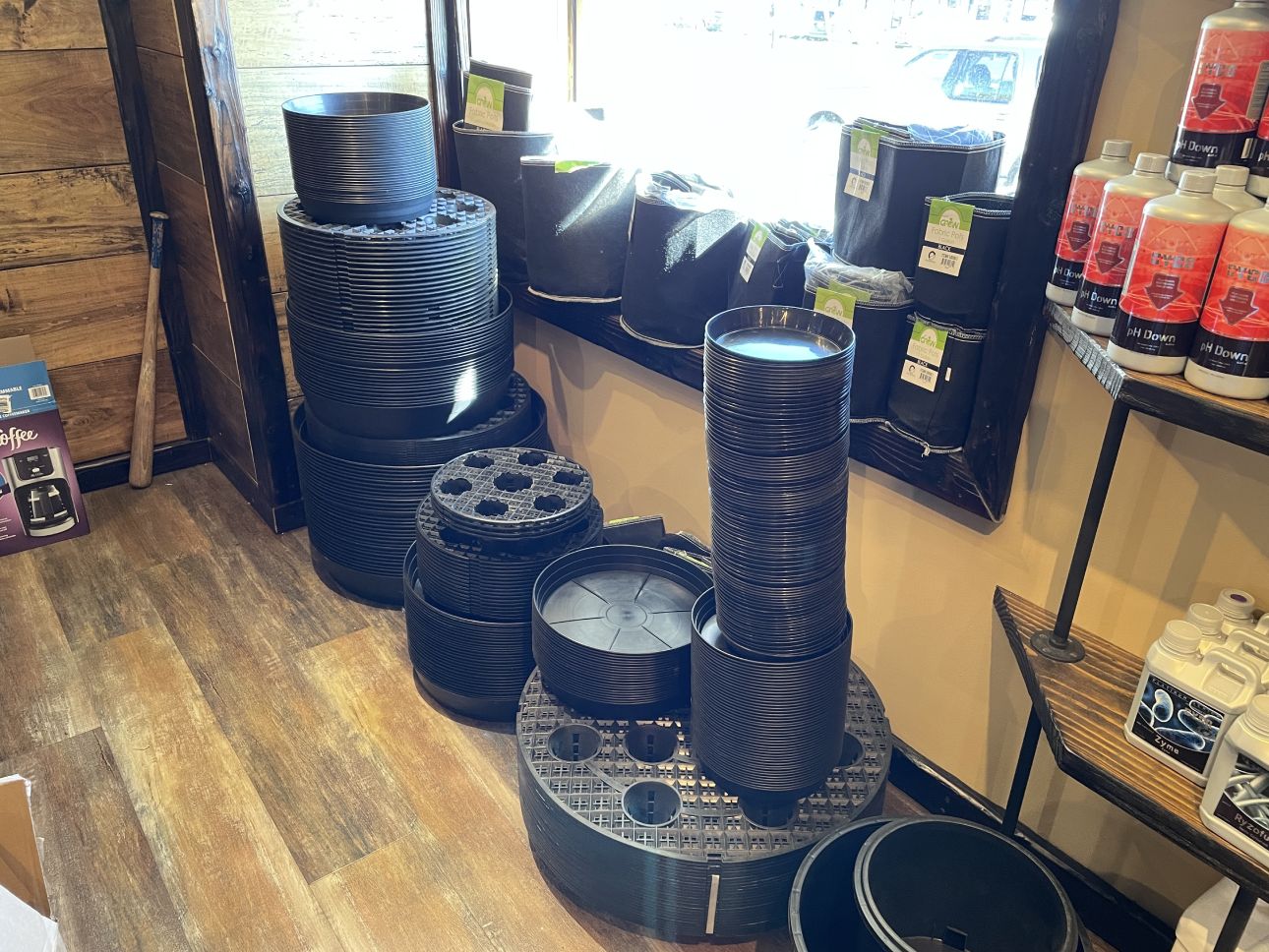The Ultimate Overview to Hydroponic Equipments and Techniques
In the globe of modern farming, hydroponic systems have emerged as an innovative technique for growing plants without dirt. As we reveal the details of hydroponics in this extensive guide, we will browse through the different kinds of systems, explore the necessary nutrients important for plant growth, and delve into innovative techniques that can substantially boost returns.
Benefits of Hydroponic Equipments
Hydroponic systems use a wide variety of advantages, including effective source use and exact nutrient delivery to plants. By giving a regulated setting for plant development, hydroponic systems enable optimum water and nutrient use, bring about greater returns contrasted to typical soil-based farming. This performance not only conserves sources yet additionally minimizes waste, making hydroponic systems eco-friendly.
Moreover, the precise delivery of nutrients in hydroponic systems permits modification based on the certain demands of each plant selection. This targeted method guarantees that plants obtain the right equilibrium of vital nutrients, promoting much healthier development and decreasing the risk of nutrient shortages or discrepancies. Additionally, the ability to change and keep track of nutrient degrees in real-time maximizes plant productivity and general plant high quality.
Additionally, hydroponic systems remove the demand for herbicides and pesticides, as the closed-loop system reduces the threat of bugs and diseases that are frequently discovered in soil-based agriculture - The Indoor Earthworm. This not only profits the plants and the environment however likewise contributes to producing cleaner, much healthier crops for consumption
Sorts Of Hydroponic Setups

Nutrient Film Technique (NFT) makes use of a superficial stream of nutrient option streaming over the plant origins, providing a consistent supply of nutrients. Leak systems include trickling a nutrient solution onto the plant roots, offering precise control over feeding.
Each kind of hydroponic setup has its advantages and is fit to different plant selections and growth stages. Recognizing the distinctive attributes of these systems can help hydroponic cultivators select one of the most suitable arrangement for their particular needs and choices.
Crucial Nutrients for Hydroponics
In hydroponic systems, plants rely on an exact balance of vital nutrients to grow and grow successfully. These essential nutrients are important for numerous plant features such as photosynthesis, origin advancement, and general development.
In addition to macronutrients, plants additionally require additional nutrients like magnesium, calcium, and sulfur, along with trace elements such as iron, copper, zinc, and manganese (The Indoor Earthworm). These nutrients are vital for ensuring that plants have all the needed building blocks to carry helpful site out crucial biological processes

Advanced Strategies for Maximum Yield
To attain optimal yields in hydroponic systems, growers can implement advanced strategies that boost plant development and efficiency. Additionally, employing strategies like plant training and pruning can help enhance light distribution and air movement, ensuring that all components of the plant receive sufficient light and nutrients. Making use of automated systems for nutrient delivery and tracking can assist preserve optimal nutrient degrees, decreasing the danger of deficiencies or inequalities that can impede plant development.
Troubleshooting Common Hydroponic Issues
One widespread issue is vitamins and mineral deficiencies, where plants lack necessary aspects for healthy development. Preserving the right pH range specific to the plant being expanded is vital for ideal nutrient uptake. By without delay identifying and dealing with these usual hydroponic problems, growers can keep healthy and balanced plants and make the most of yields in their hydroponic systems.
Final Thought
Finally, hydroponic systems supply countless benefits for expanding plants effectively. By making use of different sorts of setups and providing crucial nutrients, farmers can achieve optimal return via advanced strategies. It is crucial to troubleshoot usual problems that may emerge in order to preserve an effective hydroponic procedure. With cautious planning and attention to information, hydroponic systems can revolutionize the method plants are cultivated, bring about even more sustainable and effective agricultural methods.
By supplying a regulated setting for plant growth, hydroponic systems enable optimal water and nutrient use, leading to higher you can try these out returns compared to typical soil-based cultivation. The Indoor Earthworm. Nutrient Film Strategy (NFT) utilizes a shallow stream of nutrient remedy streaming over the plant origins, supplying a consistent supply of nutrients. Surveillance and changing nutrient levels based on plant growth phases is essential to preventing nutrient deficiencies or toxicities and optimizing plant productivity in hydroponic systems
In addition, using methods like plant training and pruning can help maximize light distribution and airflow, making certain that all parts of the plant get appropriate light and nutrients. navigate to this website Utilizing automated systems for nutrient shipment and tracking can aid keep ideal nutrient degrees, lowering the danger of shortages or imbalances that can impede plant development.